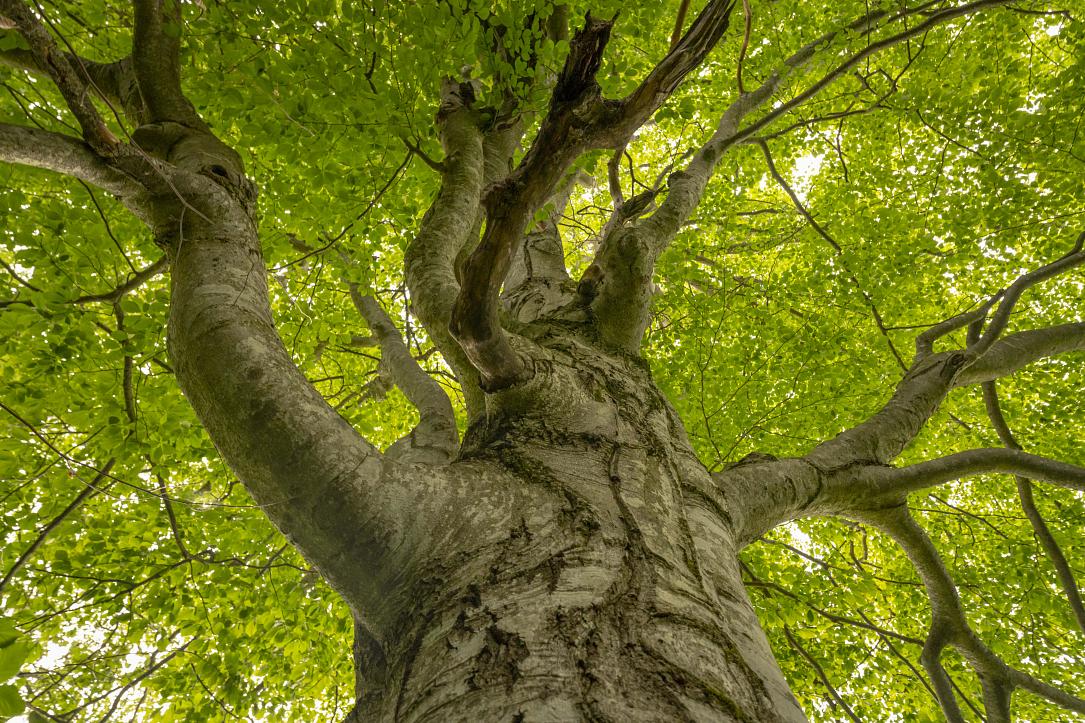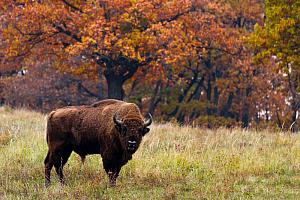Beech tree conservation initiative in Romania featured in New York Times article

An initiative to preserve ancient beech trees in the village of Nucșoara in Argeș County, Romania, was recently featured in the prestigious New York Times.
Titled the “Forest of Immortal Stories,” the campaign aims to protect some of the most spectacular ancient beech trees in Europe and contribute to the development of tourism in the area. It allows donors to adopt beech trees, which are almost immortal and highly sought-after as material for furniture or musical instruments.
“The story of the Forest of Immortal Stories begins not so long ago, in 2019, when Elena-Mirela Cojocaru, beloved wife of Ion Cojocaru, mayor of the hamlet of Nucsoara, died after a struggle with cancer. Mr. Cojocaru himself soon fell ill with a heart ailment; as a remedy, his doctor told him to walk in the countryside, 6,000 or more steps a day,” the New York Times article notes.
“The Carpathians are a land of fog, fictional vampires, and real-life wolves, as well as several thousand brown bears and roughly two-thirds of the remaining virgin forest in Europe. Mr. Cojocaru had grown up in Nucșoara, but only as he walked the hills and ancient pastures did he notice the trees: beeches, phantasmagorically gnarled giants, some as old as 500 years,” it adds.
The ancient beech trees at Nucșoara, a village of slightly over a thousand people, are on land owned by the local town hall, but due to a lack of funds they have not been included in a tourist circuit and are not protected. As a result, logging is an ever-present danger.
Nucșoara is the area with the highest concentration of solitary secular beech trees scattered on wooded pastures in Romania. Their total number exceeds 5000 trees. This high concentration of solitary secular beeches is unique not only in Romania but also at the European level, probably even at the global level. The initiative to protect them is supported by the Foundation Conservation Carpathia.
Donors can adopt a secular tree for the sum of RON 700 (EUR 140) for 7 years. Adopting a tree allows the person adopting to write a 200-word story that will be edited, audio recorded, and placed on a QR code tag on the tree.
“Number 44 is Ana Maria Branza, a Romanian fencing champion who won her first national title at age 15,” the New York Times article notes. Another tree, number 2224, is a daughter’s expression of gratitude on behalf of her mother who, in 1944 at age 16, “found refuge from the Nazis hidden among the ancient trees.”
The New York Times article, written by Alan Burdick, is made complete with photographs by Nicholas J. R. White. A version of the article appeared in print on January 9, 2024, Section D, Page 8 of the New York edition with the headline: In Romania, ‘The Trees Saved Me.’
(Photo source: Conservation Carpathia; photo by Daniel Mirlea)













